Human adaptation to diet and infectious disease
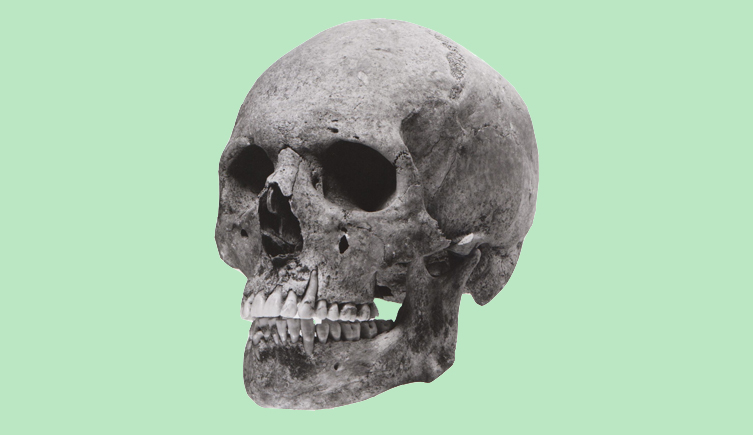
A nineteenth-century human skull from London
We are investigating the impact of technological, demographic and social changes on human disease burdens since the origins of agriculture.
The research addresses the long-held theory that people living in cities experience higher rates of death due to disease and poor diet.
Over the past 10,000 years communities have become larger and population density has increased. At the same time, the development of agriculture has increased our reliance on a small set of food items, particularly cereal crops.
Individuals who were genetically capable of dealing with a carbohydrate-rich diet and infectious disease might have been more likely to survive these changes.
Aims
We hope to establish the degree to which humans have evolved to meet the demands of modern urban living and how those evolutionary adaptations have shaped modern disease vulnerabilities. This will help us to explain differences in human populations across the globe.
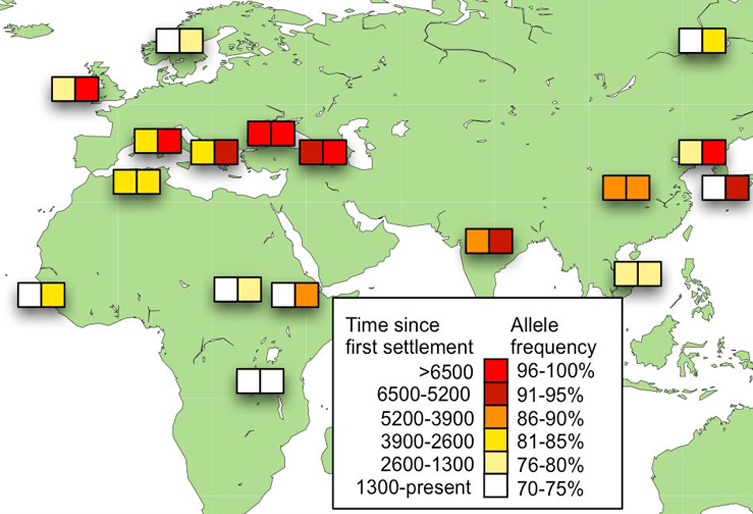
Geographical distribution of populations. Right-hand squares indicate the age of the first regional settlement. Left-hand squares indicate the frequency of an allele associated with natural resistance to intracellular pathogens, such as tuberculosis and leprosy. © Ian Barnes
Methods
We are developing mathematical models to better understand genetic data from modern and ancient humans in Britain.
Modern DNA
We will compare modern DNA data from public databases with archaeological information about changes in the environment such as the time since the first urban settlement.
Ancient DNA
We will extract and sequence ancient DNA from human remains from British archaeological sites. Ancient DNA sampling will focus on periods where there is evidence of significant relevant changes in lifestyle, for example the shift from hunting and gathering that defines the Mesolithic-Neolithic transition.
Ancient DNA data will be compared against estimated timings for relevant historical events, such as the arrival of domesticated cereals, the start of dairy farming and the establishment of large urban settlements.
This data may also reveal the extent of historic migrations into Britain. The influence of human movement on the spread of farming in the Early Neolithic is of particular interest.
Project summary
- Focus: The impact of technological, demographic and social changes on human disease burdens during the last 10,000 years
- Funding: Wellcome Trust
- Start date: November 2013
- End date: November 2016
Museum staff
Collaborators
- Prof Mark Thomas
University College London - Dr Oliver Craig
University of York - Dr Zuzana Faltyskova
University College London - Dr Yoan Diekmann
University College London - Prof Dan Bradley
University College Dublin - Prof Mike Parker Pearson
University College London - Prof Joachim Burger
Johannes Gutenberg-University Mainz - Dr Alison Sheridan
National Museum of Scotland
Funded by

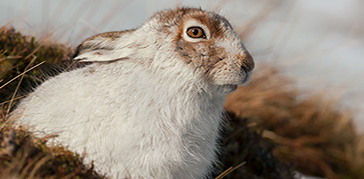
UK biodiversity research
We are creating molecular and digital tools to explore undiscovered biodiversity.
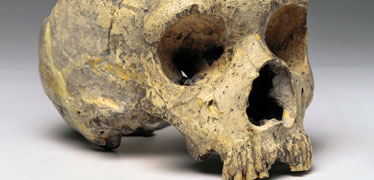
Anthropology
Studying the growth and development of early humans and modern people worldwide.
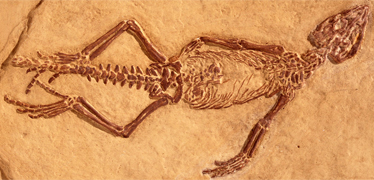
Palaeontology collections
The geographic, stratigraphic and historical coverage of fossils in the collection make it globally important.